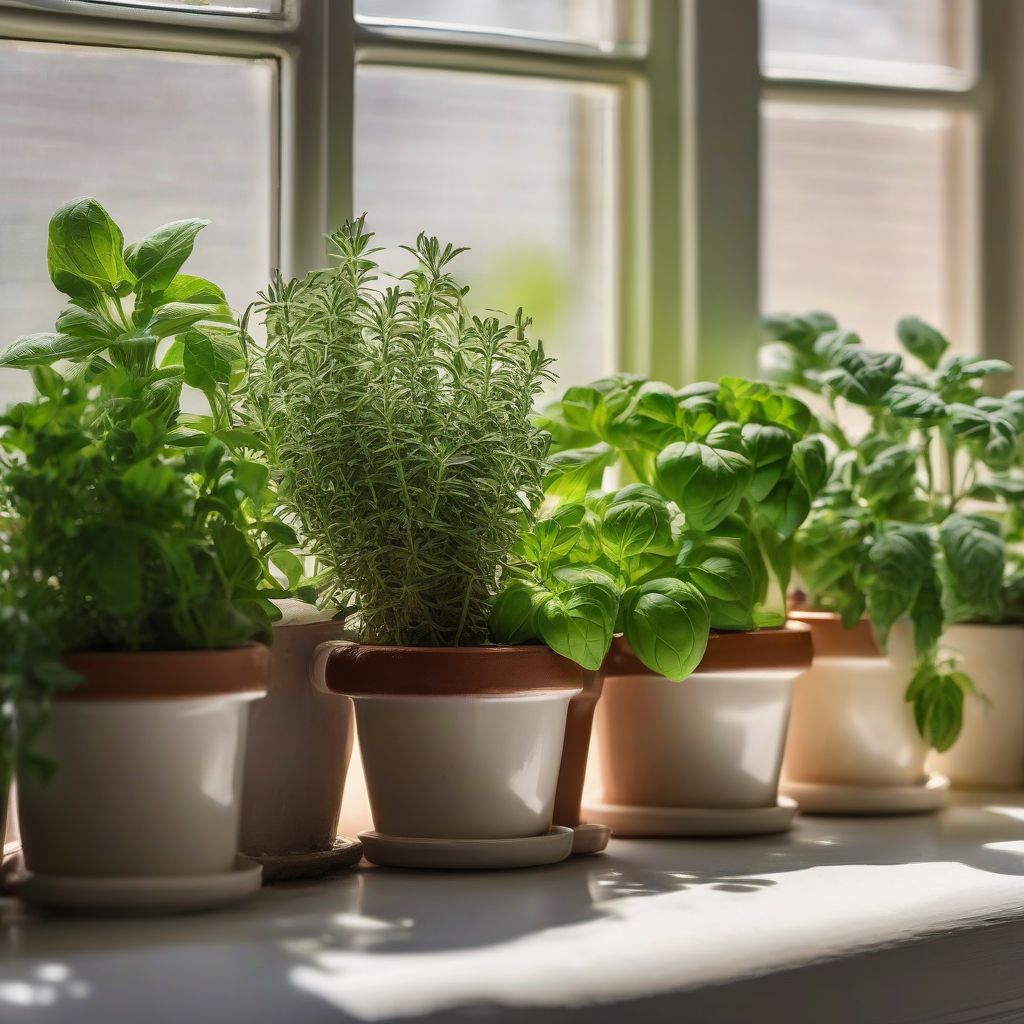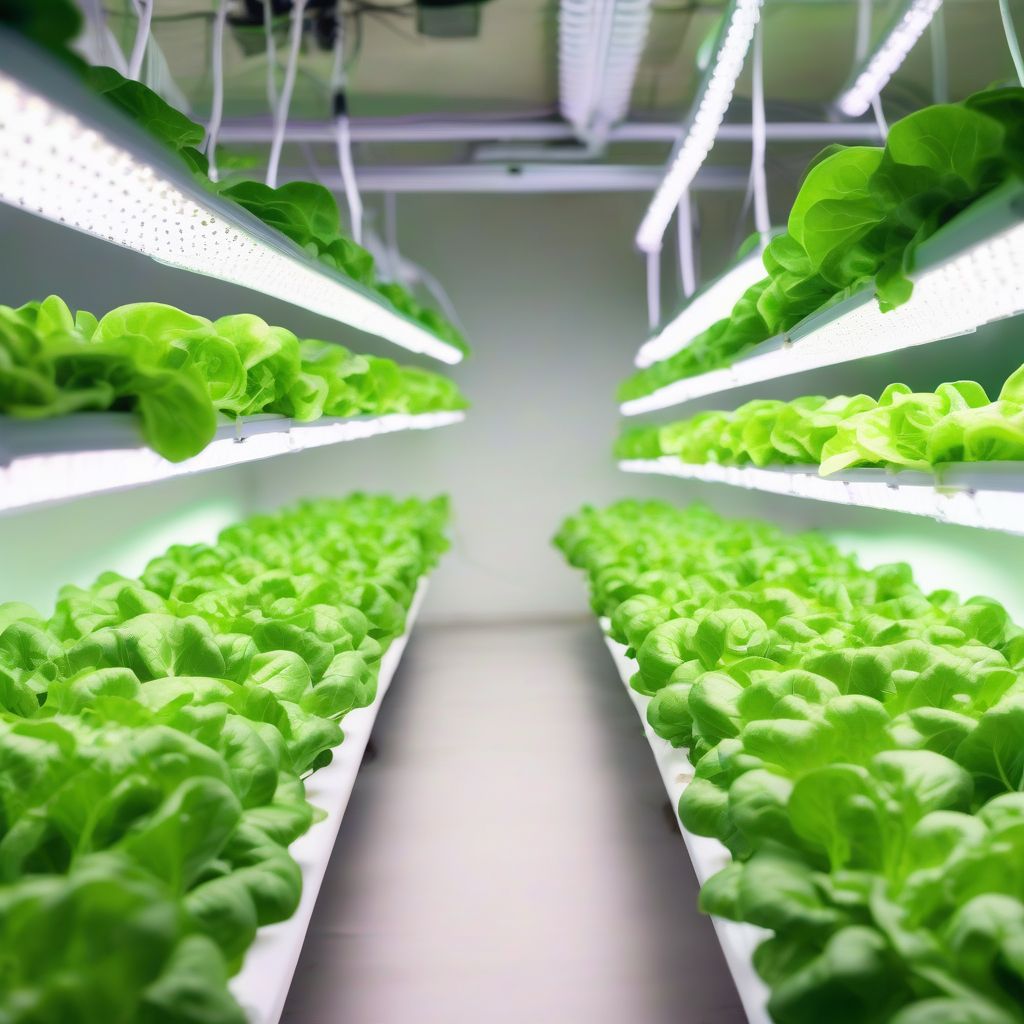Imagine plucking fresh basil straight from your kitchen windowsill to top off a steaming bowl of pasta, or snipping vibrant chives to elevate your scrambled eggs. Growing your own herbs and vegetables indoors isn’t just a dream for seasoned gardeners anymore; it’s an achievable goal for everyone, even if you don’t have a green thumb. Whether you live in a tiny apartment or a spacious house, cultivating an indoor garden can bring the joy of fresh, flavorful produce right to your fingertips, all year round.
Why Choose Indoor Gardening?
There are plenty of reasons why indoor gardening is gaining popularity:
- Year-round Freshness: No more relying on supermarket produce! Enjoy the satisfaction of harvesting your own fresh, flavorful herbs and vegetables any time you want.
- Limited Space, No Problem: Even if you lack a backyard, a sunny windowsill or some grow lights can transform your home into a thriving garden.
- Control Over Quality: Ensure your produce is free from harmful pesticides and herbicides, giving you peace of mind about what you’re putting into your body.
- Boost Your Mood: Studies have shown that gardening can reduce stress and boost your mood. It’s a rewarding hobby that connects you with nature.
 Indoor Herb Garden
Indoor Herb Garden
Getting Started: Essentials for Your Indoor Garden
Before you start sowing seeds, gather these essentials to set your indoor garden up for success:
1. Location, Location, Location: Light is Key
Most herbs and vegetables thrive in sunny spots. Choose a south-facing window that receives at least 6 hours of direct sunlight daily. If natural light is limited, consider supplementing with grow lights.
2. Choosing the Right Containers: Pots, Planters, and More
Select containers with adequate drainage holes to prevent root rot. The size of the container will depend on what you’re growing. Herbs generally do well in smaller pots, while vegetables like tomatoes might require larger ones.
3. Soil Matters: Potting Mix vs. Garden Soil
Never use garden soil indoors as it can harbor pests and diseases. Opt for a well-draining, nutrient-rich potting mix specifically designed for container gardening.
4. Watering Wisely: Finding the Right Balance
Overwatering is a common mistake. Check the soil moisture regularly and water only when the top inch feels dry. Remember, different plants have different watering needs.
5. Nutrients for Growth: Feeding Your Plants
Since potting mix has limited nutrients, you’ll need to replenish them over time. Use a balanced, water-soluble fertilizer specifically formulated for indoor plants.
 Vegetable Grow Light
Vegetable Grow Light
Choosing What to Grow: Herbs and Veggies That Thrive Indoors
Here are some easy-to-grow options for your indoor garden:
Herbs:
- Basil: This versatile herb loves warm, sunny spots and adds fresh flavor to countless dishes.
- Mint: Easy to grow but can be invasive. Plant it in a separate container to prevent it from taking over your other herbs.
- Chives: These perennial herbs prefer partial shade and are perfect for adding a subtle onion flavor to your meals.
- Parsley: Rich in vitamins, parsley grows well in containers placed on a sunny windowsill.
- Oregano: Another sun-loving herb that’s perfect for adding a Mediterranean touch to your cooking.
Vegetables:
- Lettuce: Loose-leaf varieties are ideal for indoor growing and can be harvested continuously.
- Spinach: Similar to lettuce, spinach thrives in cooler temperatures and partial shade.
- Tomatoes: Choose dwarf or patio varieties that are compact and well-suited for container gardening.
- Peppers: Hot peppers and sweet peppers can add a kick to your dishes. Ensure they receive ample sunlight.
- Radishes: These fast-growing root vegetables are perfect for beginners and thrive in shallow containers.
Tips for Success: Nurturing Your Indoor Garden
- Rotate Your Plants: Turn your plants regularly to ensure even light exposure and encourage upright growth.
- Prune Regularly: Pinching off the top leaves of herbs encourages bushier growth and a more abundant harvest.
- Watch Out for Pests: Inspect your plants regularly for any signs of pests.
- Enjoy the Process: Gardening is a journey! Don’t be discouraged if you encounter setbacks. Experiment, learn, and enjoy the process of nurturing your indoor oasis.
Conclusion: Reap the Rewards of Your Indoor Garden
Growing your own herbs and vegetables indoors is a rewarding experience that nourishes your body and soul. From the joy of witnessing new life sprout to the satisfaction of enjoying the fruits of your labor, indoor gardening brings a touch of nature and fresh flavors into your home. So why wait? Grab your gardening gloves and start planting!
What are your favorite herbs or vegetables to grow indoors? Share your tips and experiences in the comments below! And if you found this guide helpful, be sure to share it with your fellow gardening enthusiasts!
[amazon bestseller=”indoor gardening”]
